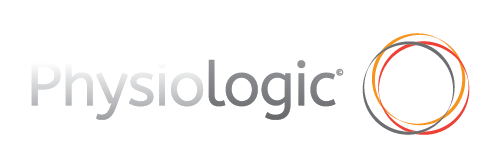How Physiotherapy can assist with headache pain and severity – Adam Shaw Musculoskeletal Physiotherapist
I recently conducted an education evening on headaches and would like to share some of the information we discussed at this evening with you.
There are constantly new headaches that are being discovered according to some researchers – recently we have added hot-bath related headache and headache attributed to space travel! There are now over 300 types of headache described in research! BUT, are there really 300 different causes of headache? In the past it was assumed that headache is caused by blood vessel changes within the brain due to their throbbing nature but there is no research to support this. In fact, it has been shown that blood vessels only change after the onset of headache and remain changed until headache has gone. Due to this, it is likely that blood vessel changes are a symptom of headache – not the cause. The same goes for the theory that muscle tension causes headache, research suggests that there is no increased activity in muscles between headache sufferers and those without.
Another more recent theory has more substantial evidence backing it up. It has been suggested that an area of the brainstem called the trigeminocervical nucleus (TCN) is responsible. This area of the brain is responsible for processing information received from the face and neck and if it is sensitised you are more likely to suffer from headache symptoms. Research has shown that those who suffer from migraines and tension type headaches have signs of increased brain stem sensitivity.
It is therefore, unlikely there are 300 different causes of headache. The variety of migraines and headache are not separate conditions with different causes but different expressions of the same condition – that condition being the sensitised brain stem.
The brainstem TCN I mentioned earlier is like the control centre for receiving information from the face and top 3 levels of your neck. If this control centre is affected and now all the messages it receives are exaggerated – kind of like turning the volume up on an amplifier. Then the rest of the brain gets an inaccurate picture of that is going on and subsequently we get overload resulting in headache or other associated symptoms such as dizziness or nausea.
One of the main reasons for this control centre (TCN) to become oversensitive is dysfunction in the upper parts of our neck. Continual information from these levels due to things such as weak neck and shoulder blade muscles, poor posture and overuse can cause onset of symptoms. Often the presence of triggers such as stress, certain foods or bright lights can lead to headache. It is thought that these only trigger headache in the presence of an already pre primed brainstem. If you settle the brainstem irritation you remove the trigger. These triggers alone are not enough to cause the severe pain of headache – it is the sensory processing of these triggers that causes symptoms.
Fortunately, there are medications that can help and you may have tried some of these. They often work by calming down the irritated brainstem, however, often they are required to be taken at the first sign of headache – miss this opportunity and the horse has bolted – the brainstem is already too wound up to settle down and you just need to wait it out.
Physiotherapy can help calm this system down in a more long-term manner by treating one of the initial causes of the brain stem sensitisation in the first place – the neck! An Adelaide based Physiotherapist Dean Watson has been treating headache for over 25 years and has developed a specific technique aimed at ascertaining which area of the neck is causing symptoms. This can be done by reproducing symptoms and subsequently reducing them with treatment to the neck. Hands on physio plus exercise has been shown to be an effective treatment strategy. It must be said this is not a panacea, however, treatment is effective in the vast majority of cases and it can be established quite early (within 4-5 treatments) whether it will help.
You may have been suffering from headaches over a long period of time or have found other treatment ineffective. I would encourage you to speak with a Physiotherapist trained in the Dean Watson Approach about whether they could assist them in their management. Physiologic is currently offering gap free initial consultations for headache sufferers to determine if they may benefit.
If you have any questions on the above information, please feel free to contact me at the clinic.
Adam Shaw
Musculoskeletal Physiotherapist
